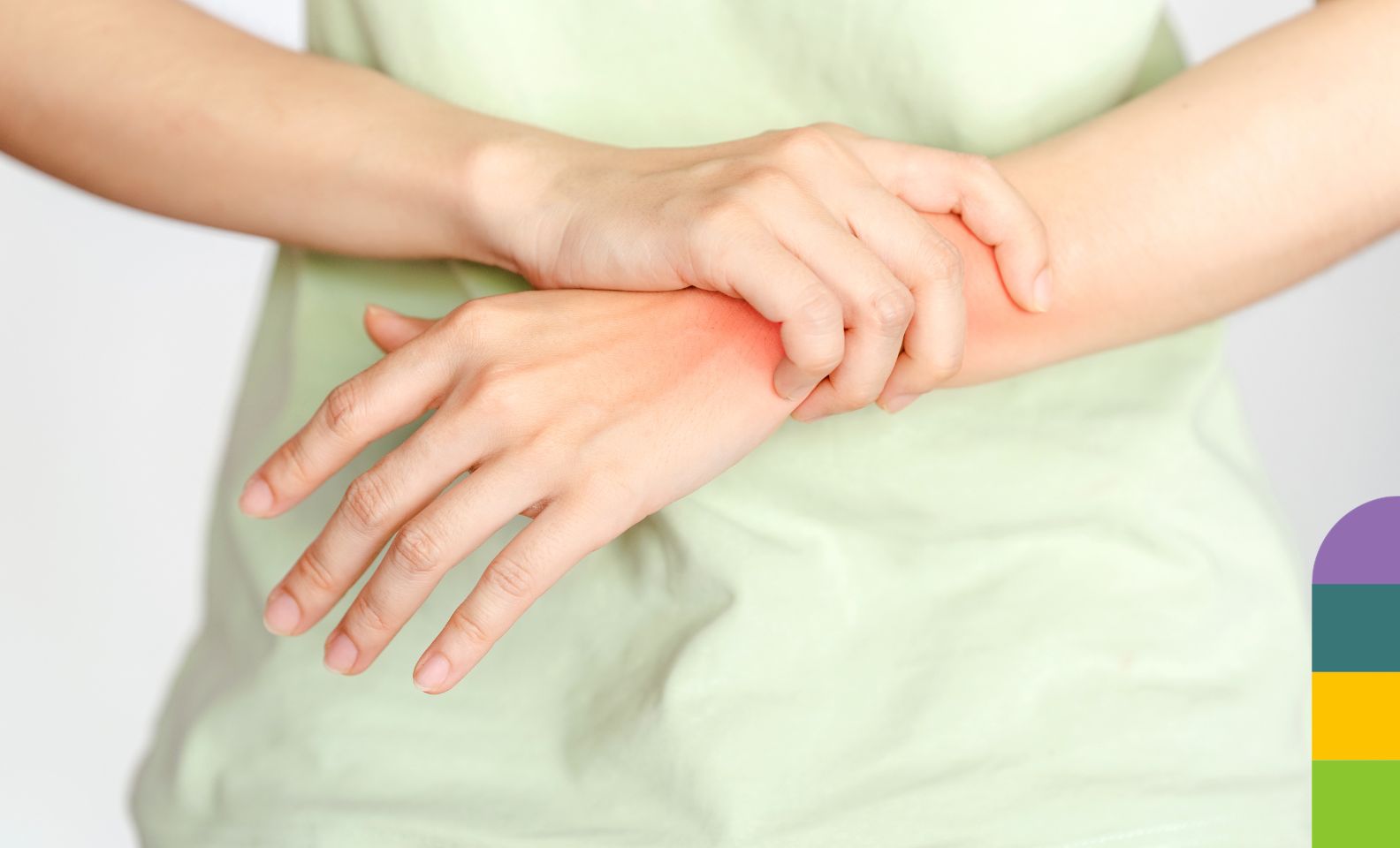Rheumatoid arthritis and physical activity
Rheumatoid arthritis, a chronic autoimmune condition, not only affects joints but also your overall quality of life. The pain and stiffness associated with rheumatoid arthritis often lead to a natural inclination to avoid movement. However, we’re here to explore the healthy relationship that can blossom between rheumatoid arthritis and physical activity.
Regular and tailored physical activity for people living with rheumatoid arthritis can reduce joint pain, increase flexibility, improve strength and enhance overall wellbeing. Low impact and gentle activities such as walking, cycling, water aerobics, swimming and yoga are a great way to introduce physical activity into your daily routine.
The paradox that lies in the heart of managing rheumatoid arthritis is the necessity of physical activity in the midst of pain and discomfort. Far from being a source of additional pain, appropriate exercise can actually be an ally in the management of RA symptoms.
Does exercise help Rheumatoid arthritis?
Regular exercise and rheumatoid arthritis (RA) can be extremely beneficial. While it might seem counterintuitive to move painful joints, appropriate exercise for RA can actually improve your condition in several ways:
- Regular exercise can help reduce joint pain and stiffness as moving the joints helps to maintain your range of motion and flexibility.
- Strengthening exercises help build the muscles around the affected joints, which provides you with better support and reduces stress on your joints.
- Exercise can enhance physical function which can make daily activities easier and improve quality of life.
- It can help maintain a healthy weight. For people living with RA, this is crucial, as extra weight can put more stress on joints, especially weight bearing joints like the hips and knees.
- RA increases the risk of cardiovascular diseases. Aerobic exercises such as swimming, walking or cycling can keep your heart healthy.
- Exercise can help maintain bone strength, which can reduce the risk of osteoporosis, a concern for RA patients, especially if you’re on long-term corticosteroid treatment.
How to do physical activity with Rheumatoid arthritis
It’s important to tailor exercises to your capabilities and limitations. Low-impact exercises are often recommended to avoid putting too much strain on your joints. Activities like swimming, walking and cycling are good options. It’s also beneficial to include flexibility exercises and strength training. You’ll probably want to avoid high impact activities that can worsen joint pain, especially in the beginning.
Stay attuned to your body’s signals while exercising and pay close attention to its responses to physical activity. If you notice any escalation in pain or discomfort, either pause the exercise or adjust the activity so it’s more comfortable.
Remember, there’s no harm in utilising assistive tools like braces, splints, or walking aids. These devices are designed to offer additional support during your activities, ensuring a safer and more comfortable exercise.
What physical activity is good for Rheumatoid arthritis?
If you’re living with rheumatoid arthritis, engaging in the right type of physical activity can help you to manage your symptoms, maintain your independence and improve your quality of life. Best exercises for RA you might want to consider include:
- Low-impact aerobic exercise such as brisk walking, swimming or cycling are excellent as they increase the heart rate without putting too much strain on your joints.
- Light or moderate strength training helps you to strengthen your muscles around the joints, which can reduce joint stress. Use light weights or resistance bands, and focus on gentle, controlled movements.
- Water aerobics can be particularly beneficial for those with joint pain and stiffness and exercising in water provides resistance for strength while buoyancy reduces the stress on your joints.
- Regular stretching can help to maintain flexibility in the joints and relieve stiffness.
- Yoga and pilates help to enhance your flexibility, strength and balance. As they are focused on controlled movements and breathing they can help to reduce stress and stiffness.
- Range of motion exercises involve moving your joints through their full range of motion to maintain and improve flexibility and function.
What activities should be avoided with Rheumatoid arthritis?
While a regular routine of physical activity can offer significant benefits for those managing rheumatoid arthritis, make sure you exercise with caution. Some types of exercises for rheumatoid arthritis may aggravate pain or impose undue stress on your affected joints. Your personal journey will depend on your arthritis’s nature and severity, but some general principles to consider are:
Steer clear of high impact activities that involve intense movements, direct body contact, and significant jarring forces on your joints.
Be cautious with repetitive movements, especially if they cause pain. This includes heavy weight lifting or repetitive gripping and twisting motions that might be found in sports such as tennis or squash.
Avoid overexerting yourself as this could lead to injuries or exacerbate your RA symptoms. Always listen to your body and do not push yourself beyond your limits.
Mind weather conditions as extreme weather can worsen arthritis symptoms. Make sure you’re adequately hydrated in hot conditions and dress warmly in cold weather to prevent joint stiffness.
How can my Support Worker help with physical activity?
If you’re living with RA you should first consult your healthcare provider, your physical therapist or speak with one of our well trained Support Workers before starting any exercise program. They can recommend exercises suited to your specific needs and offer personalised advice and modifications.
Maple Services takes great pride in its strategic partnerships with Athletics NSW and various local community sporting organisations, which have become a cornerstone of its commitment to fostering education and creating opportunities for the disabled community across Australia. Through these collaborations, Maple Services extends its reach beyond traditional community services, empowering individuals with disabilities through tailored physical activity programs and inclusive sports environments.
By offering a platform for education, engagement, and skill development, Maple Services’ partnerships epitomise its dedication to enhancing the lives of those it serves. This is just another reason as to why people choose Maple for their Community Services needs.




